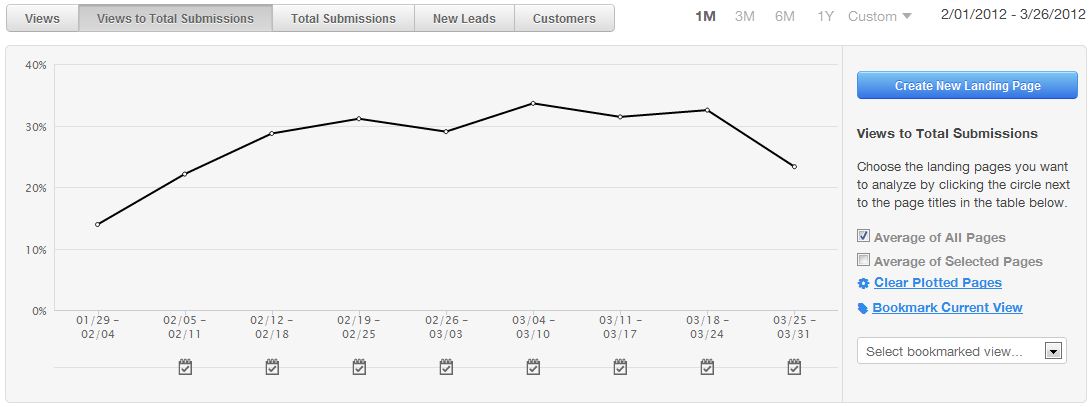
The Death of Copy Writing
Is copywriting really dying?
After all, it plays a central role in creating a company’s brand and credibility. It helps to shape public perception of a business and what it has to offer. A strong, clear written message forms the core of marketing content for many businesses, from the big budget adverts – to the growth of business websites and SEO copywriting. But creating a range of content is only just the beginning.
Copy – over and out?
With more and more companies embracing social media, creative content also has a high profile within Twitter, Facebook and blogging. Content is increasingly recognised as a business asset, whether it’s about making a sale – or making a great first impression. In just a few short years, copywriting has evolved from an aspect of the big budget world of advertising – to a process and approach that brings benefits to even the smallest company.
Copy – competing in an already crowded world?
Nowadays, copywriting has gained recognition as being of equal value to brand design, with companies bringing in external expertise to help them craft an effective message for their website content or their new company brochure. The rise of content marketing has made copywriting even more of a priority. Plus, with more content out there, the greater the need is to project a clear, engaging narrative to potential clients. Companies now use copywriting to differentiate what they have to offer, by developing a clear tone of voice or house style. Most of us can recognise the difference between the big brands, simply by the way they communicate with us.
So, on the surface of it, copywriting seems alive and well.
What’s missing from copywriting right now?
There’s something missing from copywriting as used by many businesses. That missing thing is strategy. To be truly effective, copywriting needs to be part of a well considered and carefully planned content marketing strategy, based on the specific demands and needs of your target audience. So, what do you need to consider to achieve copywriting that actively helps drive visitors, leads and customers?
Create the perfect fit between content and customer
Understand your customer
To create content that actively supports your business performance, you need to match your content to the demand of your target audience. This involves looking at the interests, the issues and the business pains of your target audience. It’s an approach that involves applying your own inside knowledge of your market alongside careful inbound marketing research to gain a current and commercially relevant insight into your target market’s behaviour. This will inform the ‘where’ as well as the ‘what’ of your content – i.e. seeing where your prospects spend time on the internet will give you valuable information on where to distribute your content as well as understanding what it is they want to know about.
Create marketing personas
Another valuable tool on this process is creating marketing personas – developing a number of personas that reflect the types of customers you have. These are invaluable basis understanding how to create a perfect fit between your content and your customer. Also, use inbound marketing technology to view which keywords your target market is searching for – and use SEO copywriting to help drive visitors right to your content.
Your content is nothing without a process
Copywriting without a process is a short-lived approach that will yield poor results – and could actually undermine your business credibility. The starting point of a successful copywriting approach is your strategy, i.e, the answers to the following types of questions:
- What do you want to achieve?
- How will you get there?
- What resources do you need to create the impact you want?
- How will manage the audience you build up through your content?
Work with content that connects across all the relevant marketing channels to create one strong strategy. Now that you understand what your target customer is looking for, you can create an informed content strategy that will help transform web visitors into buyers.
Turn the transmitter off
Copywriting is still popularly viewed as a one way street. Many companies still believe that if they transmit for long enough, they will successfully sell to their target market. But, as the success of inbound marketing over traditional marketing shows, simply transmitting – or selling – with your content does not create great results. Turn your thinking about your content on its head so that you address your customer’s buying cycle rather than your own selling cycle.
Do you plan your content based on a buying cycle, i.e. For example, you want your new website to help you connect better with potential customers so you offer your web visitors complementary expertise in the form of a white paper. In order to download the document, web visitors need to provide their details, giving you new prospect information to add to your database. Then you can start nurturing them with automated targeted emails – instead of trying to do the hard sell when they first get to your website. The result? A better nurtured lead who responds to content that matches their particular needs and concerns at exactly the right time.

[diagram for planning content marketing based on a website visitors buying cycle]
Think nurturing, not nagging
Lead nurturing has been proven to provide excellent results for business. Yet many companies still rely on using content on a one-off or small range blast that succeeds in nagging rather than nurturing. Create an entire body of content that fits perfectly together to nurture your potential customer from a website visitor to a sales lead. You can achieve this by:
- Developing a range of documents that moves your prospect from awareness to consideration to decision.
- Using every aspect of your content to work within this plan, whether it is a sign up form for visitors to download a white paper, a landing page that follows right on from a targeted email or an email that follows up with people who have expressed an interest in your service.
- Focusing on using each step of the process to strengthen your relationship with the prospect and take them closer to buying from you.
- Using marketing automation technology to view exactly what your prospect has looked at and downloaded, what content is grabbing them – and what you can adapt to get a better response – strengthening your relationship with them even further.

[marketing automation workflow image courtesy of Hubspot]
The first step to making your copywriting work harder
At the core of using copywriting to actively drive leads and sales is an essential shift in the way you view your content. Instead of seeing it just as marketing collateral to sell to people, see it as material that can actively match your customer’s interests and concerns. Keep this in mind to create a strategy as part of an inbound marketing approach which gives you content that is customer-focused, connected and commercially relevant. Understanding those elements and scheduling the content you’re going to write and promote will provide better long term results and help drive visitors, leads and customers.

[landing page conversion statistics]
Learn more about creating content that differentiates you from the crowd with our report, Dare to be different: the state of B2B content marketing differentiation in 2017
Read the latest positioning trends and insights.
Tap into our brand and product positioning, storytelling, and creative expertise to inspire your next strategic move.

